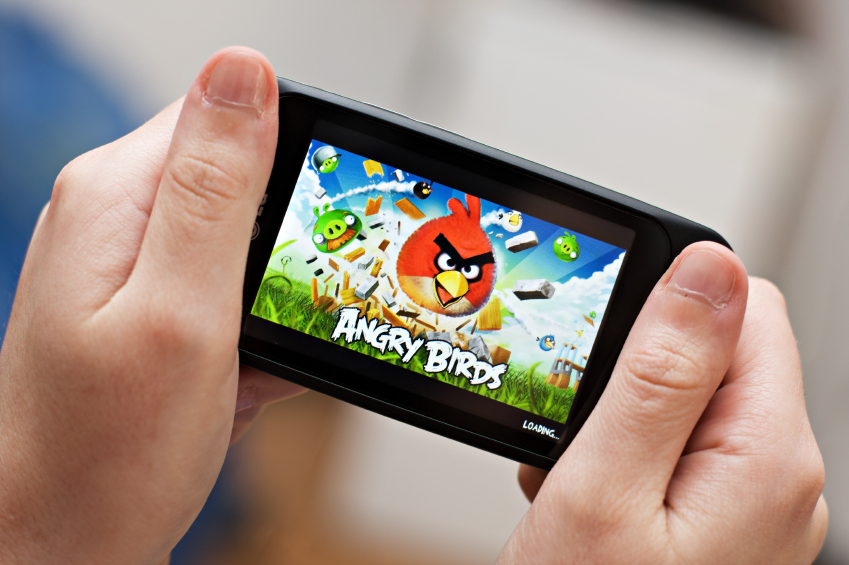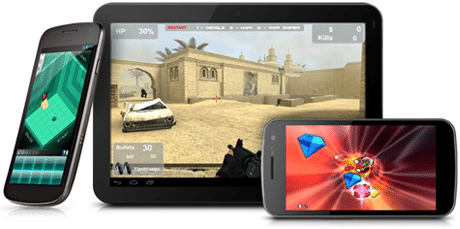Maybe you noticed it during the last Super Bowl, when a high-production commercial came on for a game that looked like the next AAA title from a major studio, and it turned out to be an ad for a smartphone videogame. Or perhaps it was the sheer number of ads you see displayed prominently in your phone’s app store. Whatever the case may be, you simply cannot miss the prominent presence that the mobile gaming space has claimed.
Not your grandma’s GameBoy
Back in the days of dimly glowing army-green LCDs, mobile gaming was synonymous with the Nintendo GameBoy. These were built like bricks – durable, but a far cry from the computational monsters we carry in our jean pockets these days.

To put into perspective just how far processing power has come, the much-touted Sony PlayStation 2’s 2001 ‘Emotion Engine’ was roughly estimated to be on par in terms of sheer output with the same computer that took Apollo 11 astronaut Buzz Aldrin to the moon. Now, your average mid-range smartphone outperforms that a few times over and can link up with seven other players in a complex, 3D, real-time racing simulator.
In recognizing that potential player base in a sea of smart phone owners, developers have climbed over themselves to push relatively inexpensive gaming content with short development times. They might be simple concepts – take Rovio’s smash franchise, physics-based arcade game Angry Birds – but they have made millionaires almost overnight (and in this case, a Finnish company worth over a billion dollars).
Sky’s the limit
The ideas are limitless. You can take traditional casino fare like bingo and turn it into mobile bingo on sites such as bingoonmobile.co.uk. You can create new types of consoles like the Japanese gaming giant, just announced to much fanfare, with its Nintendo Switch system.
The hybrid tablet is both mobile in its rumored 6.2” form factor, and a home console when it is docked to its base and connected to a larger TV monitor. There is also the proven popularity of games like Pokemon Go on smart phones which became an international sensation a few short months ago with its augmented reality take on collecting the lovable monsters known as Pokemon.
Forecasting the future
Speaking of augmented reality, if one thing seems clear, it is that virtual reality (VR) is the next step in innovation for PC peripheral manufacturers and smart phone developers. As the market for all video games globally is projected grow from nearly $92 billion to almost $119 billion, the market share for smartphones, handheld consoles, and tablets is forecast to increase from 36% to 46% (not necessarily including the aforementioned hard-to-categorise Nintendo Switch).

VR will certainly play a major part in that expansion and innovation, especially in the smartphone and tablet space, where they are more cost-efficient and generally accessible to a mainstream gaming public.
The future of mobile gaming is inclusive, expansive, and very, very exciting, so strap in and let’s get gaming!














Leave a Reply